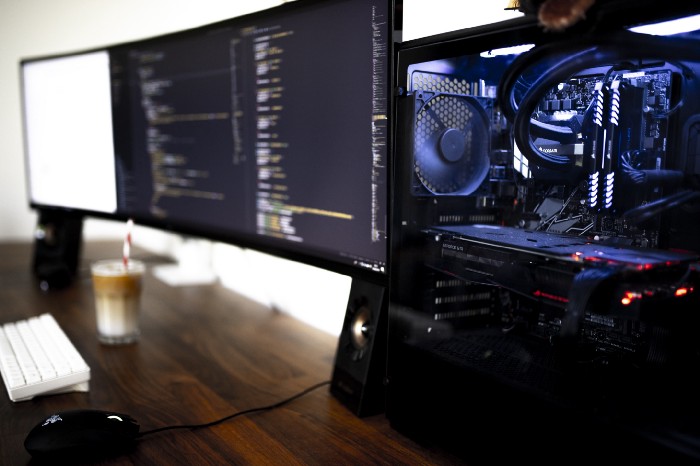How to use Nvidia GPU in docker to run TensorFlow

Hi folks,
In this article, I want to share with you a very short and simple way how to use Nvidia GPU in docker to run TensorFlow for your machine learning (and not only ML) projects.
Prerequisites:
- Nvidia videocard
- Ubuntu 18.04
- Installed Nvidia driver
Let's go
- Install Docker on your OS:
sudo apt-get install docker-ce
docker run hello-world #Test docker that it installed correct:
- Install official Nvidia docker:
Add Nvidia repository to get Nvidia docker container (these code can be executed on various Ubuntu versions):
curl -s -L https://nvidia.github.io/nvidia-docker/gpgkey | \
sudo apt-key add -
distribution=$(. /etc/os-release;echo $ID$VERSION_ID)
curl -s -L https://nvidia.github.io/nvidia-docker/$distribution/nvidia-docker.list | \
sudo tee /etc/apt/sources.list.d/nvidia-docker.list
sudo apt-get update
Install Nvidia container with gpu support and restart docker daemon:
sudo apt-get install nvidia-docker2
sudo pkill -SIGHUP dockerd
After that, you have Nvidia runtime with support of your gpu in a container! Remember that you can use it with any Docker container.
- Now we can check our nvidia runtime by calling nvidia-smi (nvidia-smi tool used for monitoring your GPU):
docker run --runtime=nvidia --rm nvidia/cuda nvidia-smi
Profit! :)
Let's bench our configuration
To do it we will use script:
import sys
import numpy as np
import tensorflow as tf
from datetime import datetimedevice_name = sys.argv[1] # Choose device from cmd line. Options: gpu or cpu
shape = (int(sys.argv[2]), int(sys.argv[2]))
if device_name == "gpu":
device_name = "/gpu:0"
else:
device_name = "/cpu:0"with tf.device(device_name):
random_matrix = tf.random_uniform(shape=shape, minval=0, maxval=1)
dot_operation = tf.matmul(random_matrix, tf.transpose(random_matrix))
sum_operation = tf.reduce_sum(dot_operation)startTime = datetime.now()
with tf.Session(config=tf.ConfigProto(log_device_placement=True)) as session:
result = session.run(sum_operation)
print(result)# It can be hard to see the results on the terminal with lots of output -- add some newlines to improve readability.
print("\n" * 5)
print("Shape:", shape, "Device:", device_name)
print("Time taken:", str(datetime.now() - startTime))
Let's start with using original tensorflow image:
docker run --runtime=nvidia --rm -ti -v "${PWD}:/app" tensorflow/tensorflow:latest-gpu-jupyter python /app/benchmark.py cpu 10000
docker run --runtime=nvidia --rm -ti -v "${PWD}:/app" tensorflow/tensorflow:latest-gpu-jupyter python /app/benchmark.py gpu 10000
Results:
# with CPU (docker)
(‘Shape:’, (10000, 10000), ‘Device:’, ‘/cpu:0’)
(‘Time taken:’, ‘0:00:02.699631’)# with GPU (docker)
(‘Shape:’, (10000, 10000), ‘Device:’, ‘/gpu:0’)
(‘Time taken:’, ‘0:00:00.804804’)
To compare native start on Ubuntu 18.04 (without docker):
Shape: (10000, 10000) Device: /cpu:0
Time taken: 0:00:04.583930Shape: (10000, 10000) Device: /gpu:0
Time taken: 0:00:00.783128
Conclusion
As a result, we can use our Nvidia GPU in a docker container. Our benchmark result shows us that we gain huge speed up when we use gpu solution in docker. Moreover, I got better results in the docker container than on the native OS on my configuration.
Used materials:
https://marmelab.com/blog/2018/03/21/using-nvidia-gpu-within-docker-container.html
